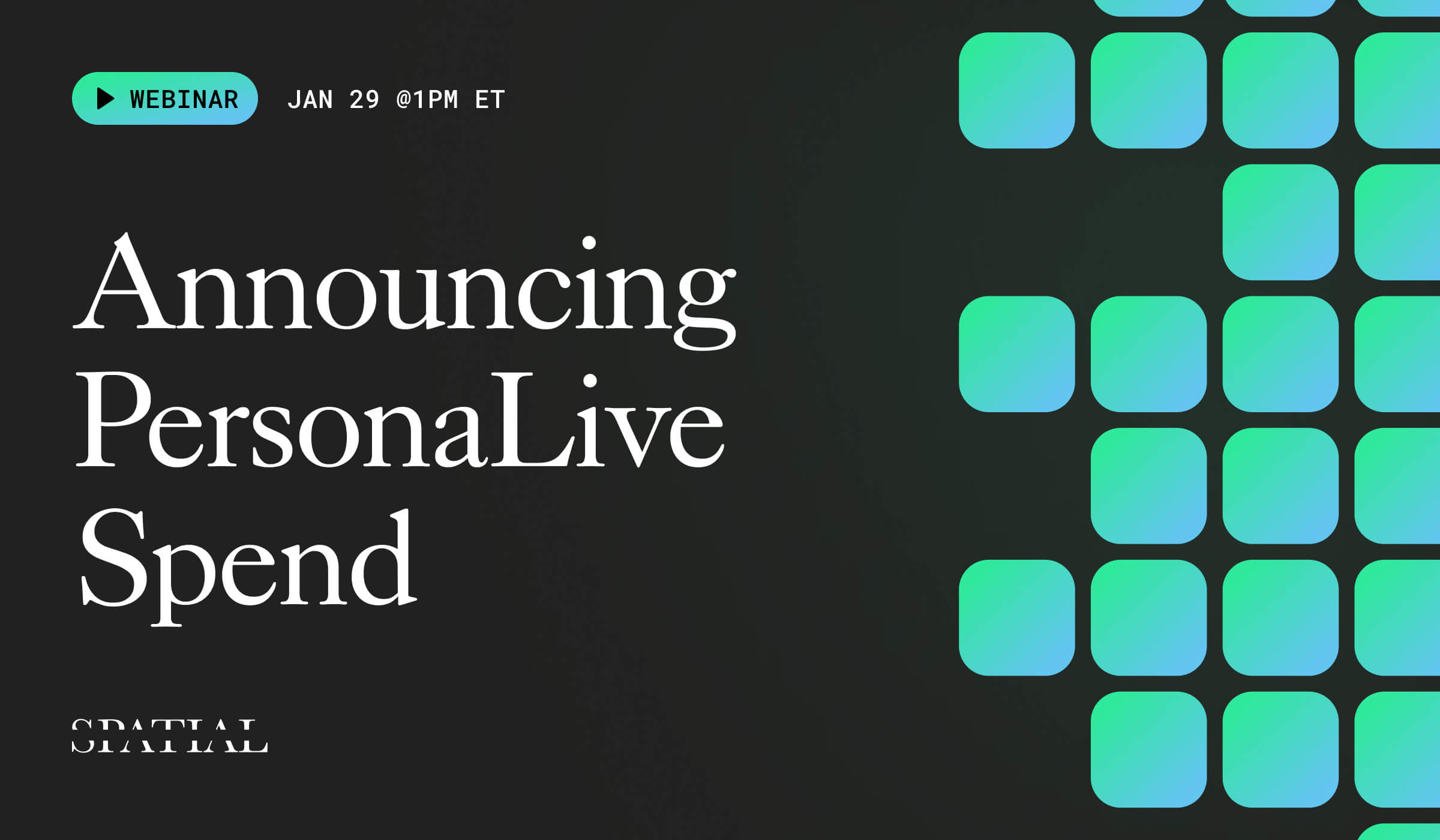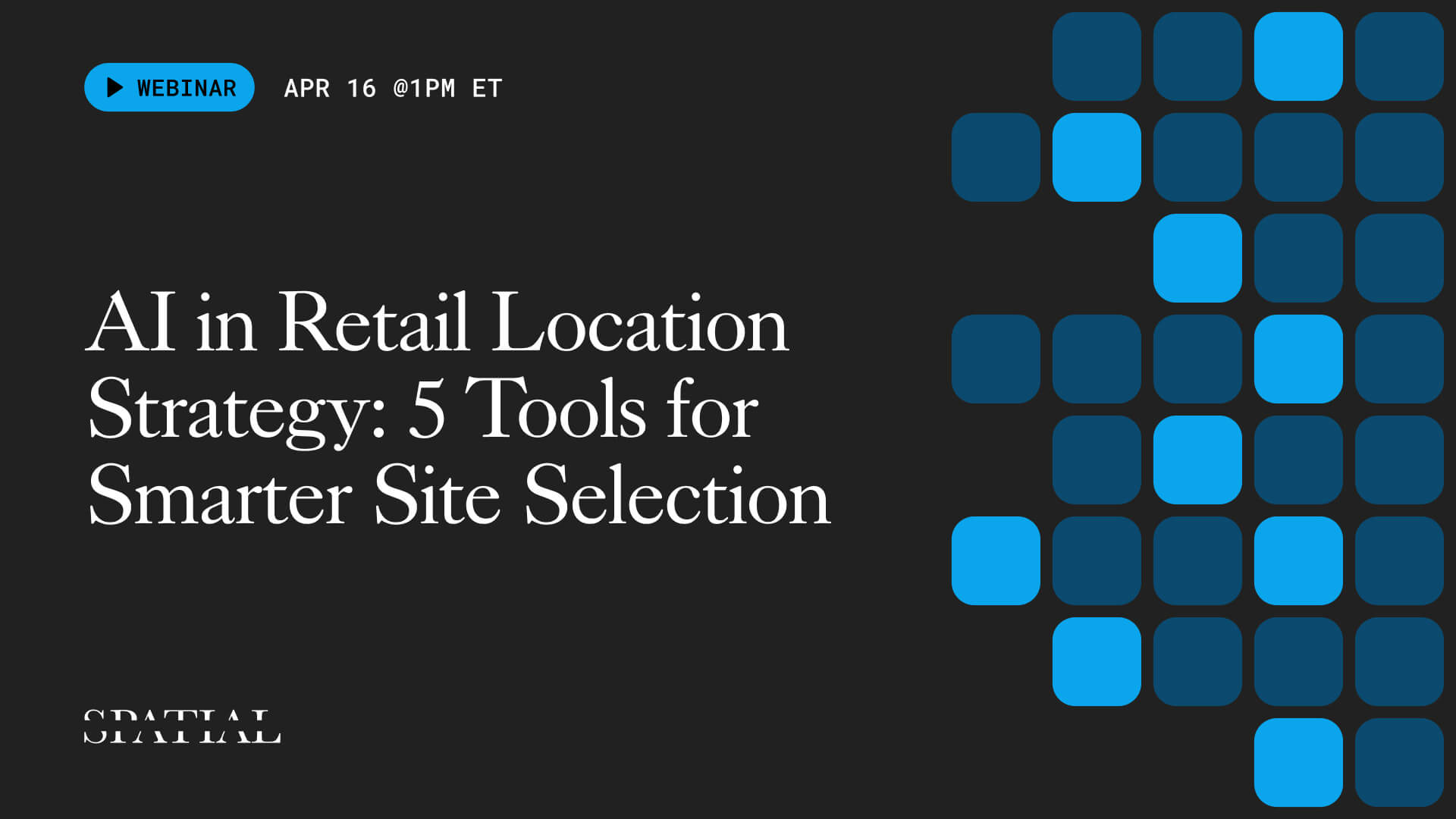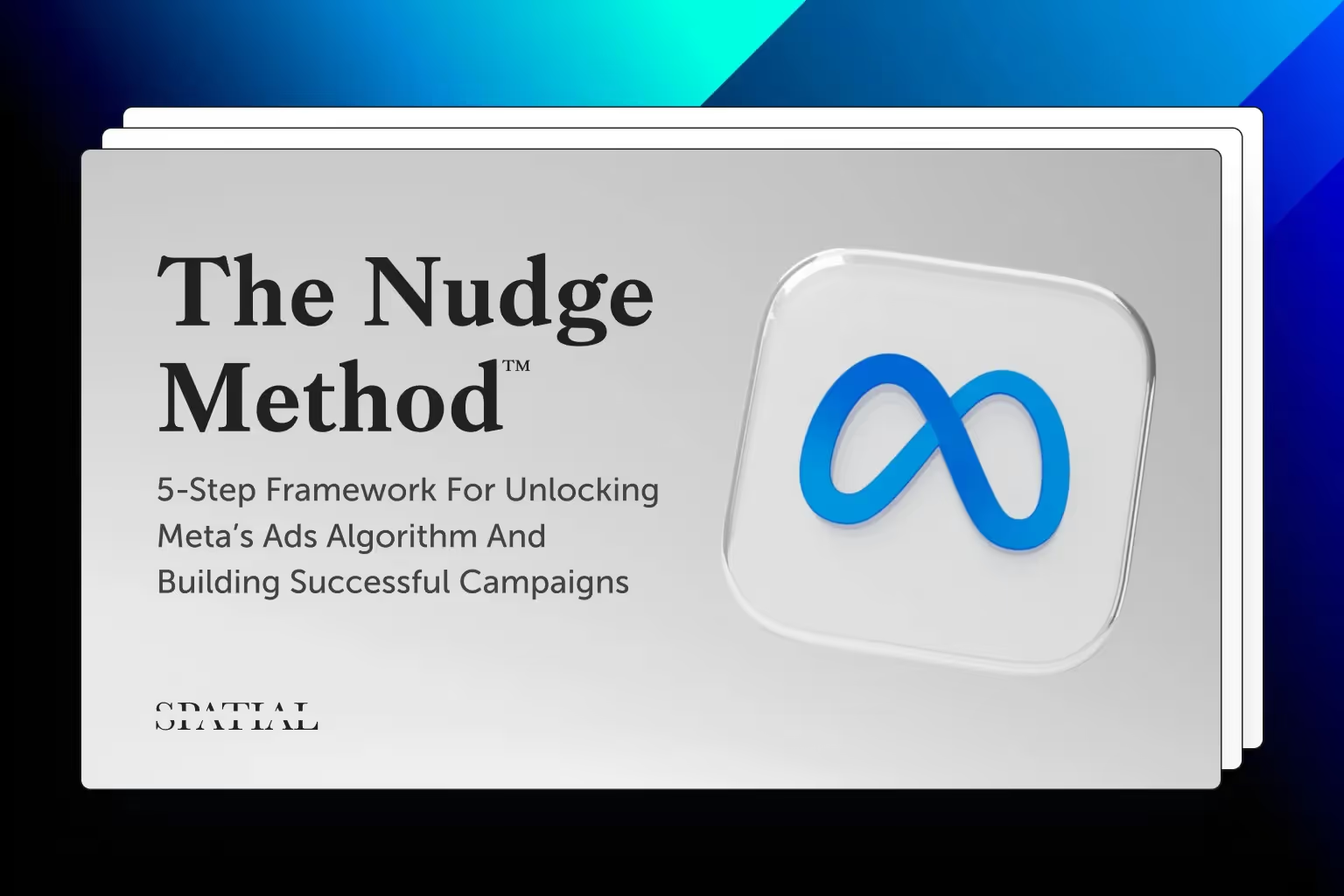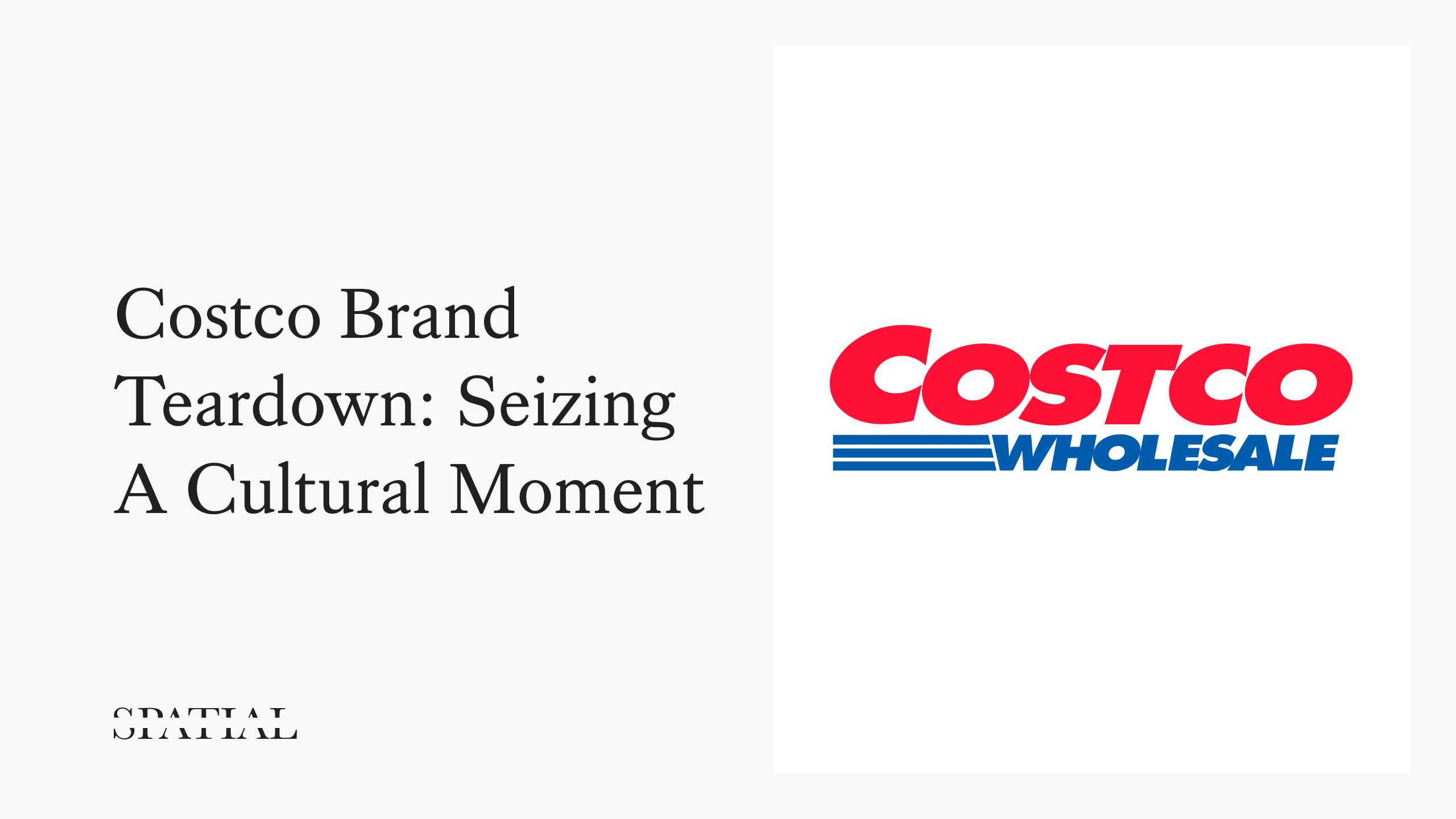How To Build An Unshakeable Facebook Ads Campaign
Retail marketers—particularly those focused on Facebook (Meta) advertising—have experienced a turbulent past four years. iOS updates, algorithm changes, glitches, cookie deprecation, and fluctuating budgets have all impacted the effectiveness of Meta ad campaigns.
This has marketers and their agencies wondering if there are better places to put their ad dollar.
Not so fast.
There are some little known strategies that will provide outstanding Facebook results—every time. Although most people don’t know these strategies, they aren’t hacks. They are common sense.
In this post, I‘m going to show you the three steps to building an unshakeable, winning Facebook ad campaign. They may seem counterintuitive at first but will make complete sense by the time you finish reading.
Step 1: Master the Economics

Some retail marketers pick the wrong campaign objective right out of the gate. Your objective should align with the economics of your business. To do this, it’s crucial to understand the lifetime value (LTV) of your customer for the specific offer. Here’s how:
Step 1: Assess Customer Yearly LTV
Before launching your campaign, determine the LTV of your customers. This figure represents the total revenue you expect from a single customer for a determined time period for your brand. This determines the campaign you should choose. For this example we are going to use Average Annual Spend as our LTV metric. This is how much a customer spends on average with you over the course of a year.
Step 2: Choose the Right Campaign Type Based on LTV
Annual LTV (Over $100): If your customer's LTV exceeds $100, you might consider running a lead generation campaign. This approach allows you to collect information from potential customers and nurture leads through targeted retargeting campaigns.
Annual LTV (Under $100): For products or services with an LTV under $100, conversion campaigns are generally more advisable. In these cases, your aim is to drive immediate sales rather than accumulate leads.
Here's why economic understanding is essential. Suppose your product’s annual LTV is $60, and it costs $30 to deliver. If acquiring a lead costs you $10, and another $10 is needed to retarget them, your gross margin begins to erode rapidly.
Conversely, if your LTV is $200, the cost of a lead and subsequent retargeting (totaling $20) leaves room for profit. You can also use this number to set a bid cap to guarantee that you’ll never overspend.
Step 2: Structure Your Campaign

Next, let’s talk about your campaign structure assuming you are doing a conversion campaign. Here is where the real magic of the system emerges.
Step 1: Separate Campaigns By Product Range
Nailing the offer is critical and is the subject of a different tutorial. What I will say right now is you’ll want to include only one product range. The reason you would not want to have two campaigns running concurrently with the same offer is you’ll be hitting the same people twice with your budget and fatiguing your audiences.
However if you have two different offers you can absolutely run concurrent campaigns. For example if you sell two distinct product offerings such as hiking shoes and climbing equipment, they can be two separate campaigns. However, if you sell two types of hiking shoes they should go into a singular campaign.
Step 2: Set Up Your Conversion Campaign with Advantage + Budget
Assuming your customer LTV is under $100, set your objective as ‘Sales’ and choose the ‘Advantage + Budget’ campaign option. I’ll explain why later.
Step 3: Split Your Campaign Into 5 Ad Sets With On Warm & Four Cold Audiences
Now the magic begins. You’ll want to create an ad set with a “warm” audience. This could be emails from your email newsletter, website visitors, ad engagers, anyone who is warm to your brand.
Next, you’ll duplicate that campaign and swap them with four cold audience ad sets. These could include 3rd party audiences, customer list lookalikes, interests, behaviors etc. Folks who are warm to your category but not necessarily your brand.
Why would you include a warm audience in there along with four cold ones? This is what makes the campaign unshakable. Remember when we chose Advantage + budgeting at the campaign level? This is why. Most people put their retargeting lists in a singular campaign and overspend on that audience, quickly fatiguing them. With this method, we let Facebook do the heavy lifting on dynamically redistributing our ad dollars across the five ad sets so that we do not fatigue our warm audiences while still capturing the ROI that the warm audience can deliver.
Critical: Only put one audience in each ad set! In our next step we need to see which audiences are performing and which are not. We do not want to put multiple audiences in a single ad set and get blended results.
Step 4: Split Each Ad Set Into 3 Different Creatives
Next, you will want to add your creatives into each ad set. The optimal situation here is to add three different types of creative per audience such as images, video, and carousel.
You will want to copy the same 3 types of creative across each ad set so that Facebook can do its machine learning magic across the creatives to match the right audience to the right creative.
Step 3: Dynamically Redistribute Budget

The final step is to launch the ad sets and optimize both ads and ad sets on the fly. The process will look like this:
- Launch ad sets and ads
- Assess the results
- Pause underperformers
- Make new ads or redistribute budget to the winners
The idea here is dynamic flexibility. You will be concentrating budget on these five ad sets and letting the algorithm find the best fit for your offer. You will also see which creative is winning with which ad set.
It is important to mention that you need to be using the exact same ads across all five audiences including your warm audience. This allows you to clearly define the winners.
Campaigns That Can’t Lose
Assuming you have a decent offer, using this campaign structure will make it nearly impossible to lose. You have set up your ads in such a way that:
- The economics of the campaign are aligned to drive ROI
- The money is being appropriately distributed to avoid fatigue
- Cold audiences are continually being sifted to identify top performers
- Ads are continually being matched with audiences to find the right offer-audience fit
Want to learn more? Join us for a live webinar on May 15, where we’ll go into greater detail on how to build a resilient Facebook ad strategy.

What you should do now
Whenever you're ready, here are 3 ways Spatial.ai can help:
- See PersonaLive In Action. If you'd like to segment and target your best customers using real-time behavioral data, schedule a free 30-min demo to get started.
- Subscribe To Consumer Code. If you've found this helpful, check out our newsletter and podcast where we share more consumer research and insights for retail marketers.
- Share This Post. If you know another marketer who’d enjoy reading this post, share it with them on Linkedin, X, or Facebook.
Get retail marketing tips
We email every monday with smart growth strategy ideas. Almost no promotion. Just value.
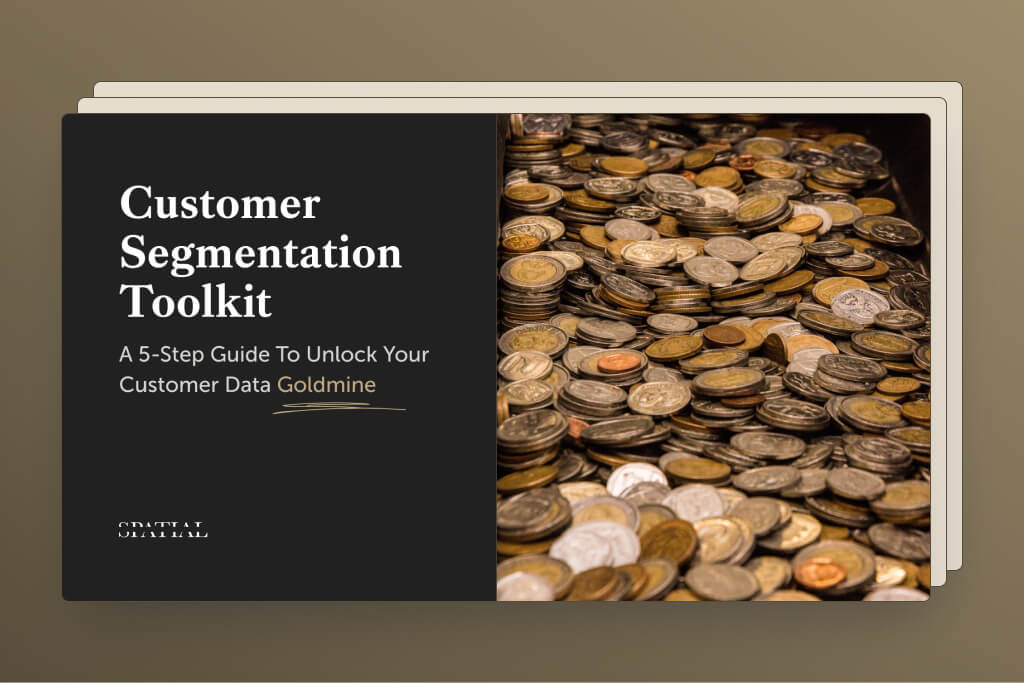
.avif)
%20(1).jpg)
